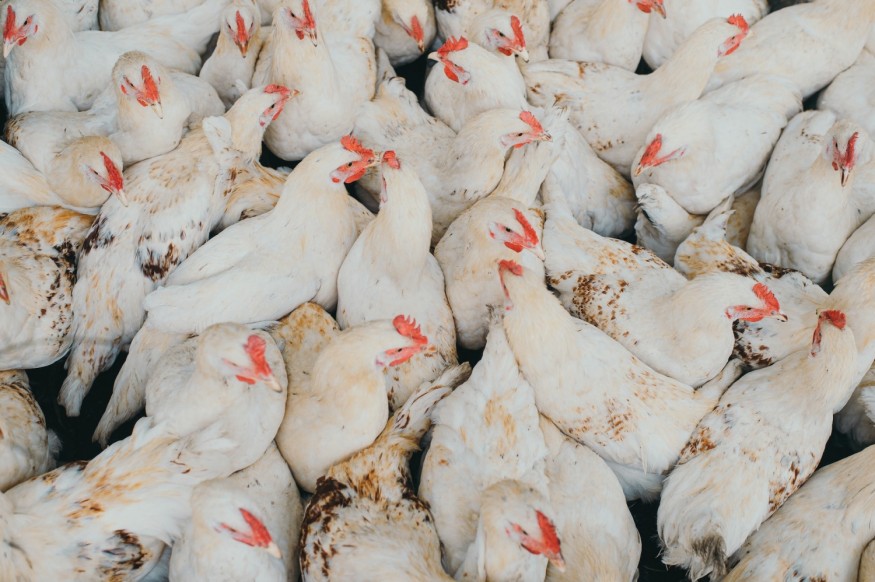The bird flu outbreak in the United States has persisted as of Wednesday, December 20. More commercial farms are affected in 12 states, including California, and are still at risk of the avian influenza virus.
This is the deadliest bird-borne pathogen that the country has dealt with in years, according to reports. Millions of poultry and wild birds in the US have also died from the lethal pathogen.
This is not the first time that the avian flu became an outbreak since related cases have been reported in the past several decades.
In North America, the bird flu resurged in late 2021 after the virus was detected in Canada and the US.
Bird flu cases are also recorded not only among avians but also mammals in different parts of the world, including Europe, Asia, and South America, as well as in Antarctica where hundreds of elephant seals were infected with avian influenza earlier this year.
US Bird Flu Outbreak

The latest US bird flu outbreak saw further poultry losses as additional US farms are struck by the highly pathogenic avian flu, also called the Influenza A virus subtype H5N1.
This pathogen mainly spreads through domestic poultry and the movement of infected birds, as well as the use and consumption of contaminated poultry products.
In a media release on Tuesday, December 19, the University of Minnesota's Center for Infectious Disease Research & Policy (CIDRAP) reported that avian influenza outbreaks struck poultry flocks in 12 states over the past week.
This is based on the updates of the U.S. Department of Agriculture (USDA) and the Animal and Plant Health Inspection Service (APHIS).
The latest spate of the outbreak hit severe more commercial farms, including one in California that consists of more than 1.3 million birds.
According to APHIS, since widespread infections started in early 2022, the US avian influenza outbreak spread across 47 states, killing 75.4 million birds.
In February 2022, the H5N1 virus began causing outbreaks in US commercial farms and backyard poultry, according to the Centers for Disease Control and Prevention (CDC). In these outbreaks, rare and sporadic infections were detected in humans and mammals.
What is Avian Influenza?
Avian influenza outbreaks mainly target wild aquatic birds, which are the primary natural reservoir for most subtypes of influenza A viruses, according to the World Health Organization (WHO).
There are a total of four types of influenza viruses, namely types A, B, C, and D.
Current knowledge and understanding suggest that only type A viruses can cause global pandemics, with influenza A and B viruses currently in circulation and responsible for seasonal epidemics of disease in humans, the WHO added.
In humans, the common bird flu symptoms include headache, cough, sore throat, runny nose, and fever, according to health authorities, who advise that a person should seek medical attention when experiencing these conditions.
© 2025 NatureWorldNews.com All rights reserved. Do not reproduce without permission.





